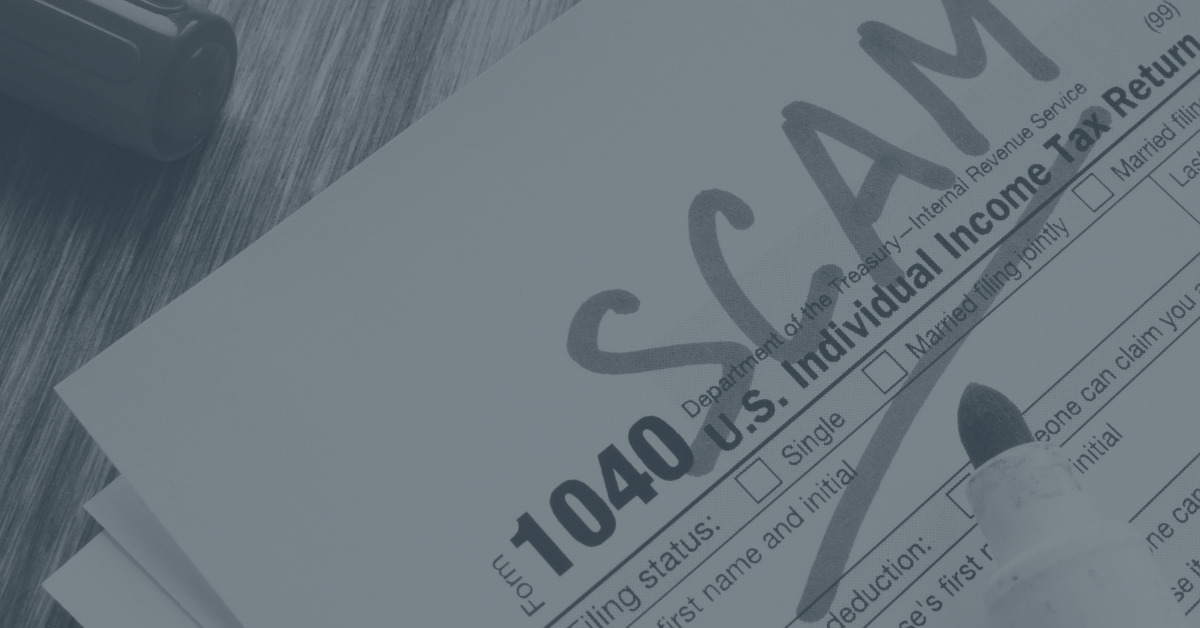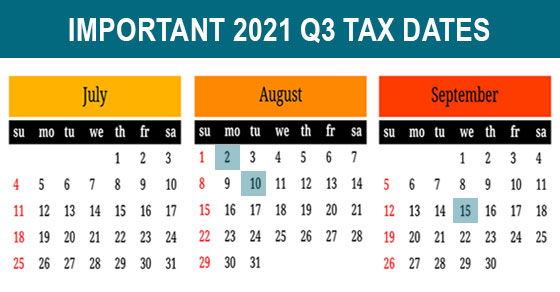If you own rental real estate, its classification as a trade or business rather than an investment can have a big impact on your tax bill. The distinction is especially important because of the 20% Sec. 199A deduction for certain sole proprietors and pass-through entity owners. This article provides a brief overview of the deduction and rental real estate guidance related to it.
Determining if a property is a business or an investment
If you own rental real estate, its classification as a trade or business rather than an investment can have a big impact on your tax bill. The distinction is especially important because of the 20% Section 199A deduction for certain sole proprietors and pass-through entity owners.
The 199A deduction is available for qualified business income (QBI), which can come from an eligible trade or business, but not from an investment. So, assuming you otherwise meet the requirements, qualifying your rental real estate activities as a trade or business may yield substantial tax savings. Fortunately, an IRS Revenue Procedure establishes a safe harbor.
A brief review
The 199A deduction is too complex to cover fully here. But, in general, it allows owners of sole proprietorships and pass-through entities — partnerships, S corporations and, generally limited liability companies (LLCs) — to deduct as much as 20% of their net business income, without the need to itemize.
Eligible owners are entitled to the full deduction so long as their taxable income doesn’t exceed an inflation-adjusted threshold (for tax year 2021, $164,900 for singles and heads of households; $329,800 for joint filers). Above the threshold, the deduction may be reduced or eliminated for businesses that perform certain services or lack sufficient W-2 wages or depreciable property.
Rental real estate guidance
According to the IRS, for purposes of the 199A deduction, an enterprise is a trade or business if it qualifies as such under Internal Revenue Code Section 162. That section doesn’t expressly define “trade or business” — it’s determined on a case-by-case basis based on various factors. Generally, a trade or business is an activity conducted “on a regular, continuous and substantial basis” with the aim of earning a profit.
Uncertainty over whether rental real estate qualifies, especially for taxpayers with one or two properties, prompted the IRS to issue Revenue Procedure 2019-38 to establish a safe harbor. Under the Revenue Procedure, a rental real estate enterprise (RREE) is deemed a trade or business if the taxpayer (you or a “relevant pass-through entity” in which you own an interest):
- Maintains separate books and records for the enterprise,
- Performs at least 250 hours of rental services per year (for an enterprise that’s at least four years old, this requirement is satisfied if you meet the 250-hour test in at least three of the last five years),
- Keeps logs, time reports or other contemporaneous records detailing the services performed, and
- Files a statement with his or her tax return.
The Revenue Procedure lists the types of services that count toward the 250-hour minimum and clarifies that they may be performed by the owner or by employees or contractors. It also defines an RREE as one or more rental properties held directly by the taxpayer or through disregarded entities (for example, a single-member LLC).
Generally, taxpayers must either treat each rental property as a separate enterprise or treat all similar properties as a single enterprise. Commercial and residential properties, for example, can’t be combined in the same enterprise.
Planning opportunities
There may be opportunities to restructure rental activities to take full advantage of the safe harbor. For example, Marilyn owns a rental residential building and a rental commercial building and performs 125 hours of rental services per year for each property. As noted, she can’t combine the properties into a single enterprise, so she doesn’t pass the 250-hour test.
But let’s say she exchanges the residential building for another commercial building for which she provides 125 hours of services. Then she can treat the two commercial buildings as a single enterprise and qualify for the safe harbor (provided the other requirements are met).
Don’t try this at home
The tax treatment of rental real estate is complex. To take advantage of the 199A deduction or other tax benefits for rental real estate, consult your tax advisor.
Sidebar: Are you a real estate professional?
Ordinarily, taxpayers who “materially participate” in a trade or business are entitled to deduct losses against wages or other ordinary income and to avoid net investment income tax on income from the business. The IRS uses several tests to measure material participation. For example, you materially participate in an activity if you devote more than 500 hours per year, or if you devote more than 100 hours and no one else participates more.
Rental real estate, however, is generally deemed to be a passive activity — that is, one in which you don’t materially participate — regardless of how much time you spend on it. There’s an exception, however, for “real estate professionals.”
To qualify for the exception, you must spend at least 750 hours per year — and more than half of your total working hours — on real estate businesses (such as development, construction, leasing, brokerage or management) in which you materially participate. (The hours you spend as an employee don’t count, unless you own at least 5% of the business.)
© 2021
For personalized guidance, contact one of our tax experts.








